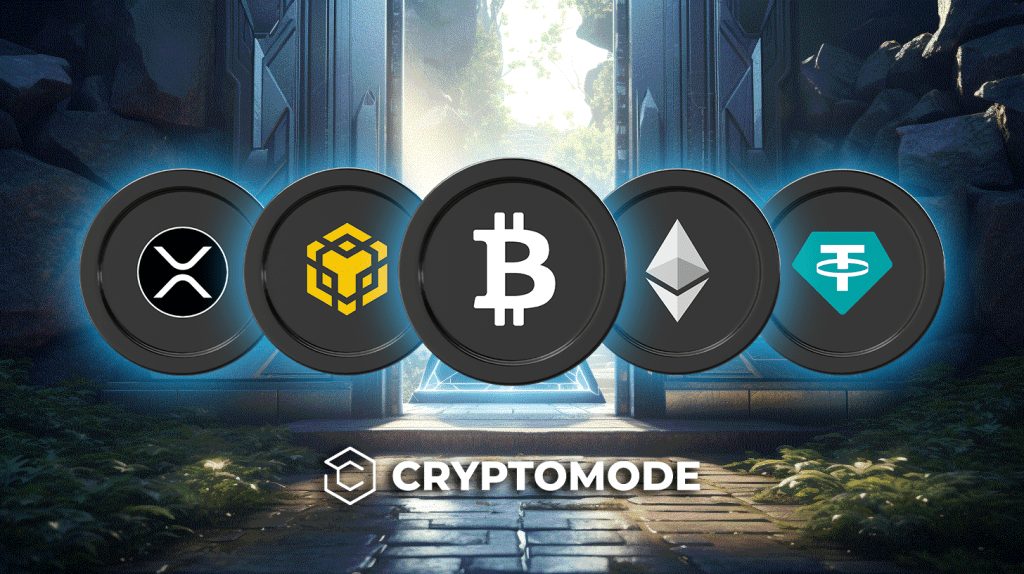Ethereum Classic (ETC) is set for its next halving on May 31, 2024, at noon UTC. This event will decrease the mining reward from the current rate.
Halvings are designed to reduce the rate at which new coins are created, thus ensuring the asset remains deflationary.

Ethereum Classic Mining Profitability
Currently, mining Ethereum Classic (ETC) can be profitable, but it depends heavily on the efficiency of the mining hardware and the electricity cost. Modern ASIC miners like the Jasminer X4 Etchash Brick, which has low power consumption (30 Watts) and high hash rate (65 MH/s), can still be profitable. For instance, using this miner at a current ETC price of around $27.05, the estimated daily mining profit, after electricity costs, is approximately $17.37 daily.
The network’s mining difficulty largely influences profitability, which adjusts to ensure the block time remains around 13-14 seconds. Currently, the block reward for Ethereum Classic is 2.56 ETC per block. However, profitability is expected to decrease due to the scheduled reward reductions occurring every five million blocks or roughly every 2.5 years.
As the reward decreases—the next halving will further reduce it by 20%—mining revenue will also drop unless there is a compensatory increase in the price of ETC. Miners need to consider this gradual decrease in block rewards and assess whether their operations can remain viable as profits potentially shrink.
Market Implications
The halving could also significantly affect market dynamics. Such events have historically led to increased trading activity and volatility as traders anticipate supply and demand dynamics shifts. The reduced flow of new coins into the market can lead to a scarcity that might increase prices if demand remains strong. However, the actual market impact will depend on various factors, including market conditions and investor sentiment at the halving time.



